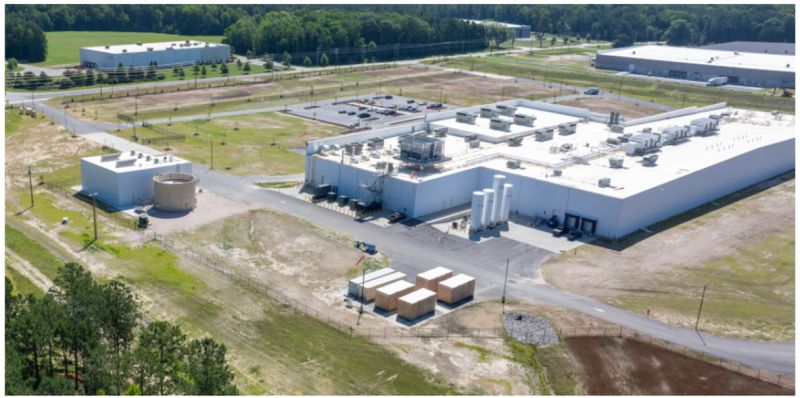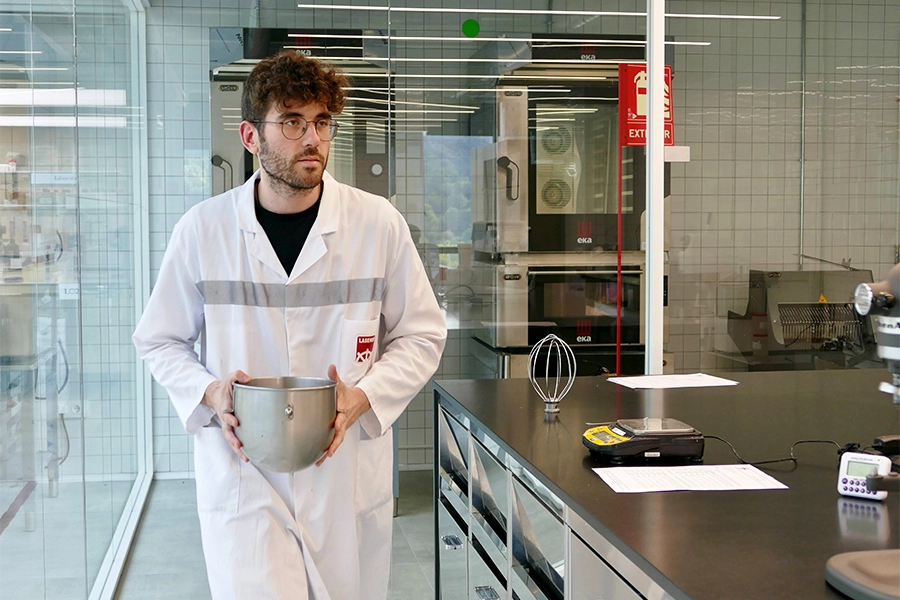

Alternative protein market projected to reach US$589.9 billion by 2035 as industry expands
Given there's a bit of gloom and doom around at the moment, the global alternative protein market is expected to grow significantly over the next decade, reaching a value of US$589.9 billion by 2035, according to a report from Future Market Insights. Currently valued at US$108.1 billion in 2025, the market is forecast to expand at a compound annual growth rate (CAGR) of 18.5%. The shift toward alternative proteins is attributed to evolving consumer preferences, developments in food production technologies, and efforts to improve food system sustainability.
North America continues to hold the largest share of the market, driven by consumer demand, investment in research and development, and regulatory support for plant-based and cultivated proteins. The USA accounts for 18.9% of the total market share, with interest growing in both retail and food-service sectors. In Europe, regulatory initiatives and increasing consumer awareness of sustainability are supporting further adoption of alternative proteins. Asia-Pacific is projected to be the fastest-growing region as dietary habits evolve, urbanization continues, and government policies promote food security and sustainable food production.
Plant-based proteins remain the largest segment within the market. Soy, pea, and wheat proteins are widely used in meat substitutes, dairy alternatives, and functional food applications. Companies such as Beyond Meat, Impossible Foods, and Nestlé continue to refine these ingredients, improving their sensory qualities and nutritional value.
Advancements in precision fermentation are expanding the range of available protein sources. Companies such as Perfect Day and Geltor are developing animal-free dairy and collagen proteins through fermentation processes that replicate the functional properties of conventional animal-derived proteins. These innovations are receiving significant investment from food manufacturers and venture capital firms.
Cultivated meat is another area of interest, despite the current unclear picture in the USA, with companies working to improve production efficiency and secure regulatory approvals. Singapore has been an early adopter, approving cultivated meat products for sale, while the USA and Europe are progressing with regulatory frameworks. As technology improves and costs decrease, cultivated meat could play a larger role in meeting protein demand.
Alternative proteins are also being adopted in animal feed, particularly in aquaculture, poultry, and pet food. Insect proteins and microbial-based ingredients are being developed as sustainable feed options, providing nutritional benefits while reducing environmental impact. The livestock industry’s focus on cost efficiency and disease prevention is supporting further exploration of alternative feed sources.
The market’s growth is supported by investment from food manufacturers, research institutions, and startups. Companies are working to improve the taste, texture, and affordability of alternative proteins while navigating regulatory requirements and supply chain considerations. With continued advancements, alternative proteins are expected to become a more established part of the global food system.
“With the convergence of technology and sustainability, alternative proteins are shaping the future of food. We are witnessing a transformation where consumers are actively seeking nutritious and ethical food options, and companies are responding with innovative solutions," said Nandini Roy Choudhury, Client Partner at Future Market Insights.
If you have any questions or would like to get in touch with us, please email info@futureofproteinproduction.com






